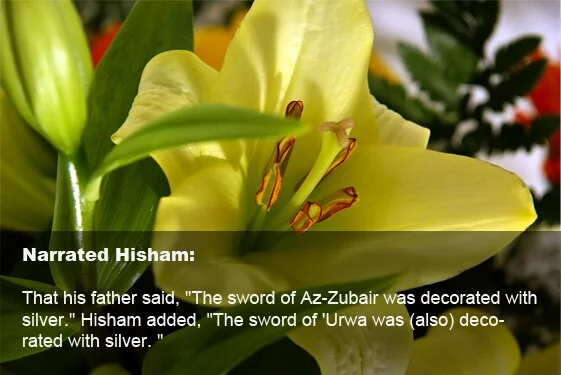The Boy Who Raised First Sword for the Cause of Allah – Zubair Bin-Ul-Awam (RA)
Zubair bin-ul-Awam (RA) was one of the closest related persons to the Holy Prophet Muhammad (SAW). He (RA) is one of the most famous and respectable personalities of Islam. He (RA) served his whole life for the betterment and establishment of Islam. He (RA) was one of the favorite companions of Rasool Allah (SAW) who awarded Zubair with the title of Hawari-e-Rasul meaning the disciple of the messenger of Allah.
He (RA) was related to the Holy Prophet (SAW) in many ways. Firstly, he (RA) was the cousin of the Holy Prophet (SAW) as he was the son of Safiyah (RA) the aunt of the Holy Prophet (SAW). Khadijatul Kubra the wife of the Holy Prophet (SAW) was the aunt of Zubair bin-ul-Awam (RA) so the Holy Prophet (SAW) became his uncle. He (RA) was also the brother-in-law of the Holy Prophet (SAW) as the sister of Hazrat Ayesha (RA) was married to him. He (RA) also had ancestral relations with the Holy prophet (SAW). Belonging to a family, which was very close to the Holy Prophet (SAW) it was quite natural that he also accepted and embraced Islam. He (RA) accepted Islam between the age of 12 and 16 years. His father died when Zubair (RA) was still a child. His mother Safiyah (RA) made him a tough and brave man.
The Bravery of Zubair (RA)
Hazrat Zubair (RA) was a brave person since childhood and there are many examples of his immaculate bravery. As Rasool Allah (SAW) declared that, he was the one who raised the first sword against the antagonists in Makah when he was just sixteen. He had deep love and affection for the last prophet and his religious preaching.
Zubair and the Zuberi Clan
The history of Zubairi family is traceable to the time of Last Prophet of Islam. Hazrat Zubair had a large family with 21 children out of 12 were male and 9 of them were female children. Three of his male children became much popular as one became the caliph at Makkah called Abdullah, second son became the governor of Kufa called Musab and the third son became the famous historian of Islam called Urwa. Zubairi clan is present in the Indian Sub continent, Middle East, UK and USA. One of the famous saints in Zubairi clan is called Hazrat Sheikh Samauddin Zuberi from the 14th century AD.



